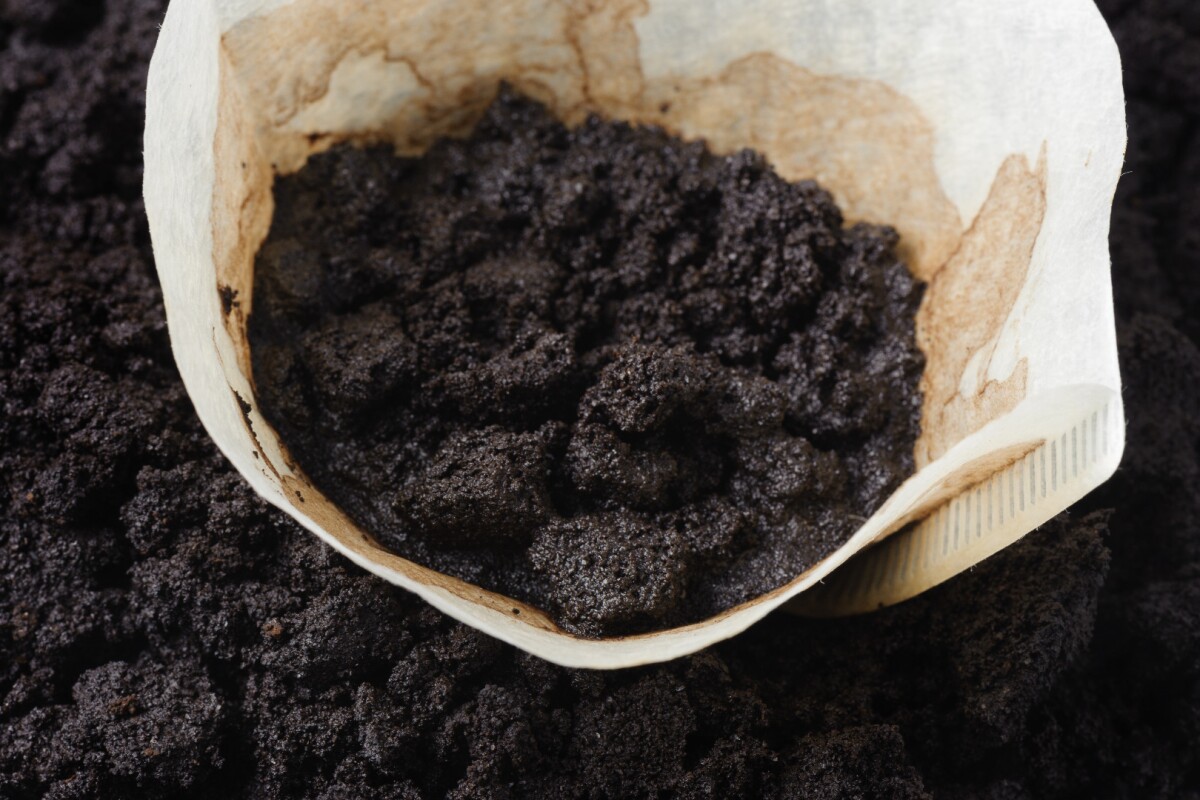Coffee grounds are not exactly noxious despoilers of the environment, but many millions of tons of them are generated every year and simply disposed of with other vegetable matter and food waste. Now, researchers have devised a way to utilize this innocuous waste product to get rid of a much more dangerous one. By modifying used coffee grounds into a carbon capture material, the new product may provide a simple, inexpensive way to remove a prolific and harmful greenhouse gas from the atmosphere.
Working at the Ulsan National Institute of Science and Technology (UNIST) in South Korea to develop the new material, researchers steeped used coffee grounds (100 percent Colombian coffee, dark roast, fine ground) in a potassium hydroxide solution and heated the resulting mixture to 65 °C (149 °F) and stirred it for 24 hours. This concoction was then dried in an oven at 100 °C (212°F), before finally being transferred to an argon-atmosphere furnace where it was subjected to temperatures of 700-900 °C (1,290 - 1,650 °F) to activate its carbon-capture properties.
This resulted in the production of a stable carbon capture material in under a day, which the researchers claim is much quicker than the time taken for the production of other carbon capture materials.
"The big thing is we are decreasing the fabrication time and we are using cheap materials," says Christian Kemp, an original researcher on the work at UNIST and now a member of the Pohang University of Science and Technology faculty. "The waste material is free compared to all the metals and expensive organic chemicals needed in other processes – in my opinion this is a far easier way to go."
Slated for use as a capture material for the greenhouse gas methane, Kemp clams to have thought about using activated coffee grounds whilst looking into a cup of coffee whilst conversing with UNIST colleagues about another project.
"We were sitting around drinking coffee and I looked at the coffee grounds and thought ‘I wonder if we can use this for methane storage?'" says Kemp.
The absorbency of coffee grounds after activation was found to be exceptionally good, according to the researchers, showing great gas adsorption under pressure. The large micropore volume and surface area in such a non-crystalline adsorbent and its influence on gas adsorption capacity is not fully understood at present, as the researchers freely admit, but the incorporation of sodium hydroxide may well be the major factor in successful activation of the coffee grounds for carbon capture.
"It seems when we add the sodium hydroxide to form the activated carbon it absorbs everything," says Kemp. "We were able to take away one step in the normal activation process – the filtering and washing – because the coffee is such a brilliant absorbent."
According to the researchers, the new material may also have an added advantage to capturing and storing methane from the atmosphere in that – after it has absorbed its fill – it could then be used as a fuel itself with much cleaner-burning properties than other fossil fuels.
As part of the research, the team also demonstrated the ability of the new material to store hydrogen at cryogenic temperatures (-150 °C/-238 °F to absolute zero), with a view to an eventual goal of developing hydrogen storage in the activated coffee grounds at higher temperatures to make the product more practical for common applications.
The results of this work were recently published in the journal Nanotechnology.
Source: IOP




